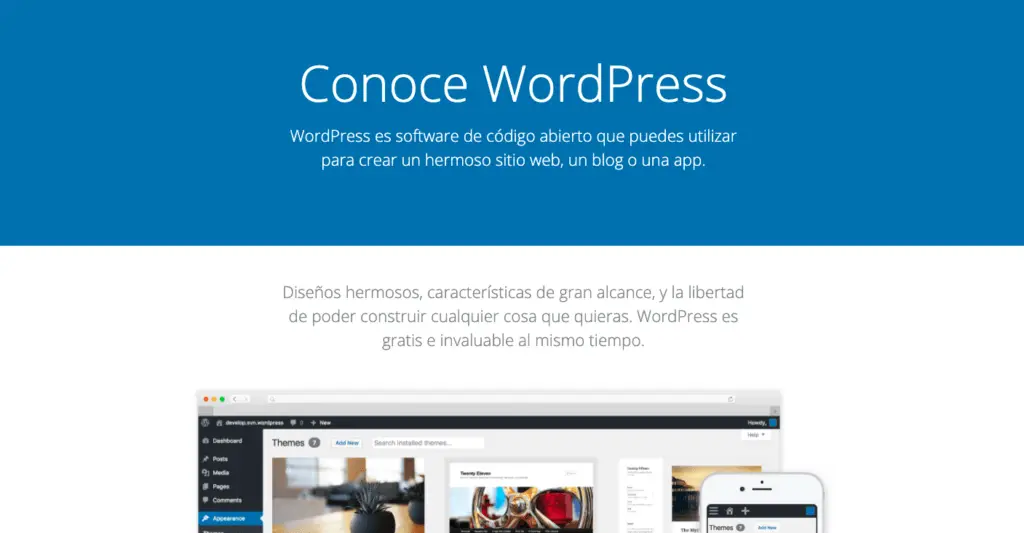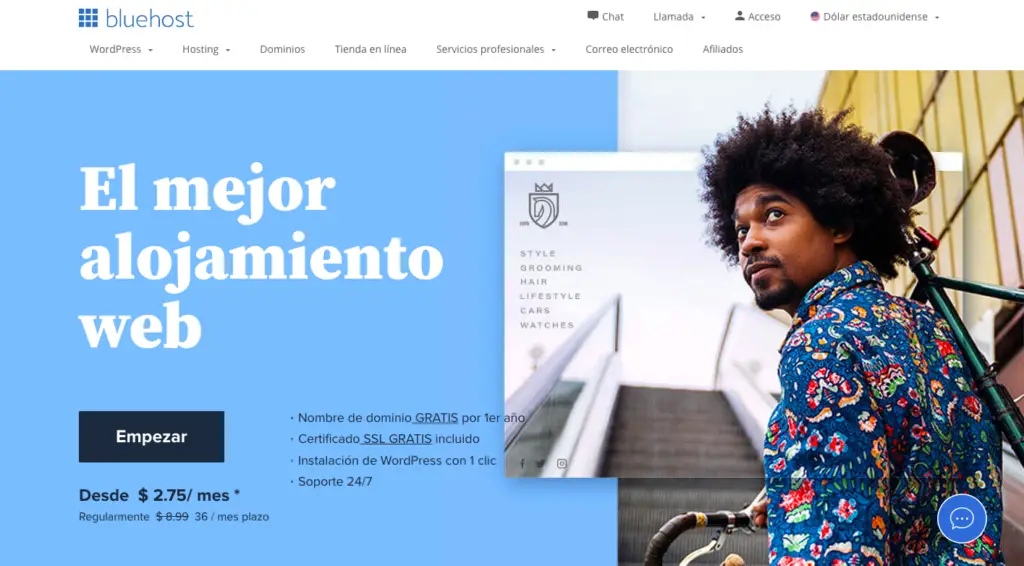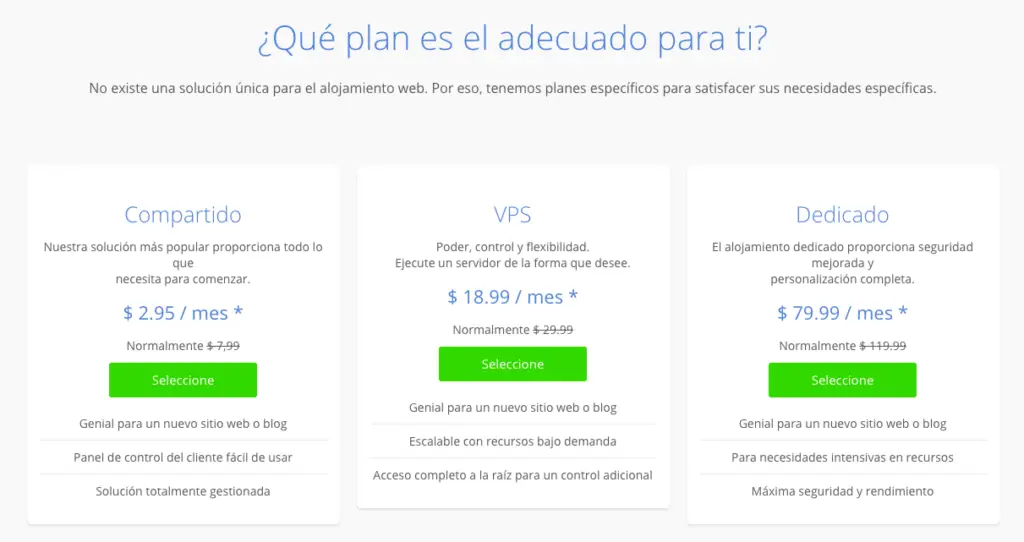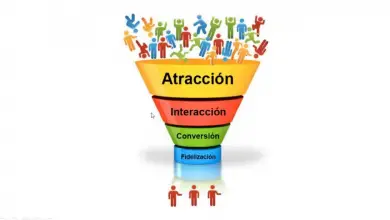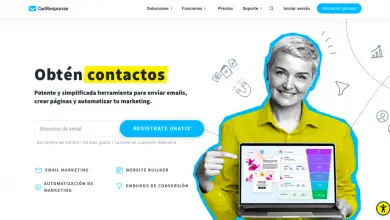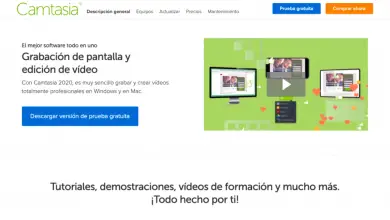How to Start a Blog - Step by Step Guide

In this article we will see how to create a blog at start from nothing. There are five main points you need to know to start a blog fast. If you know these details, you can start an online blog in 20 minutes or less!
Starting a blog can help you increase your exposure to just about anything. Whether it's writing about your favorite hobby or promote a business, a blog is clearly a great way to generate web traffic organic to show the world your message.
So: if you are planning to start your own blog but you don't know how to go about it ...
Read this article to the end
Let's start!
# 1: pick the right niche
To get started, you need to select the right niche for your blog. You don't want to write anything ...
For example: if you like sports or cooking, these can be great ideas to guide your future content.
Keep in mind that the idea of having a blog is to constantly create content on a particular topic ...

And nothing better than talking about something you really love!
So, your first mission to create your blog is: find a niche that grabs your attention and motivates you to create content consistently!
Do you have a business? ...
Do you want to promote a product and / or a service? ...
Brilliant!
This means that you have a starting point and already know more or less what your content will look like and what it will be about.
Write about topics people want to read
Second, you need to make sure that the niche you choose generates enough interest from the audience.
Ideally you should write about topics that people are really looking for. This way you will follow your passion, find readers, and enjoy the whole process.
Once you have selected a niche, I suggest you validate it as well. Here is a 3-step formula to confirm if the niche you have chosen is worth it ...
How to Validate the Quality of a Blog Topic in 3 Steps
1.- Check the size of the doghouse.
2.- Discover the competitors.
3.- Analyze the potential for monetization.
This process will help you get a clear idea of the size, competition, and monetization potential of your proposed niche. You can do all of this with keyword research.
Simply put, keyword research is a process that identifies the most searched words on search engines like Google or YouTube ...
This way, you can find out what words and concepts you need to target in order for your content to receive organic traffic.
To find out how to do this, read our guide on keyword research.
# 2: choose a blogging platform
At this point, you should look at the blogging platforms available and determine what type of blog management software you are going to use.

I recommend starting your blog using the self-hosted WordPress blog setup that I share in this guide.
When it comes to blogging sites, you have several options. Here are usage statistics showing the distribution of blogging technologies in the United States.
WordPress software is the most popular technology with over 90% market share in the United States.
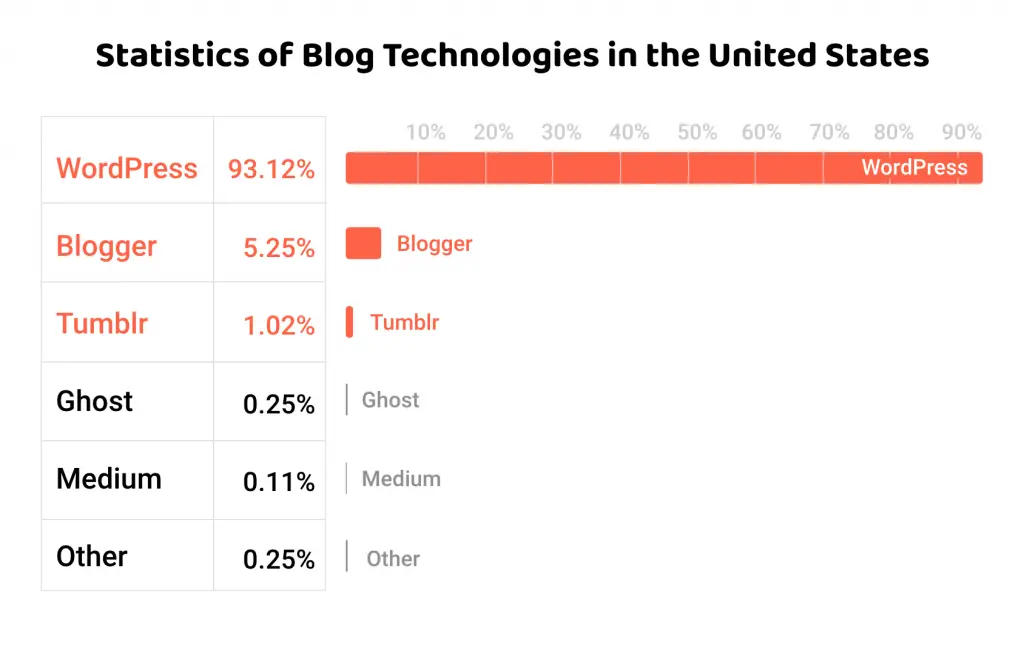 Let's take a look at the three main solutions and the main difference between them.
Let's take a look at the three main solutions and the main difference between them.
Self-hosted blogging platforms (eg: WordPress.org)
You don't really have a choice when it comes to self-hosted blogging systems (also known as content management system or CMS). As you can see from the graph, the most popular is the WordPress system free and open source .
Self-hosted platforms like WordPress allow you to set up your blog using your own domain and web hosting, giving you full control.
It will only cost a few dollars per month for web space (hosting account) and around ten dollars per year for a domain. Current blogging software is free.
If you want full control of your blog, or are planning to post ads, sell products and services through your blog, then this is the best way to do it.
Hosted blogging platforms (for example: Blogger and Tumblr)
For many new bloggers, it is tempting to start a blog using free hosted platforms like Blogger ou Tumblr.
However ...
He's important to understand that "free" always has limits.
First, your blog name will be defined as a subdomain (examples: tunuevoblog.blogspot.com or tunuevoblog.tumblr.com).
Second, you will be subject to its rules and restrictions.
The free options are useful for testing a blogging platform. But, if you are serious about starting a blog, sooner or later you will have to start paying for full services and a name. custom web domain.
How much does it cost to start a blog?
It's relative. The value will depend on some things such as the web hosting provider you choose and the type of plan.
For hosting services, I advise you to check the rates of the company Bluehost. If you decide to use another service, the prices will vary, but should not exceed 100 USD per year.
To start your blog with WordPress.org, you need to decide on two important things: a domain name and a web hosting company.
If you are a new blogger, I recommend using Bluehost as it is a company that runs over 2 million websites worldwide and is very secure. Read our Full Bluehost review in Spanish here.
# 3: Choose a domain name
Your domain name will be the name by which you are known online, regardless of the niche you choose. It is the unique address of your blog on the Internet. It will be yours as long as you continue to pay the annual fee ($ 10 to $ 15 US per year for un.com).
Users who know your domain (URL - Uniform Resource Locator) can simply enter it in the address bar of their browser.
Others may find out through search engines like Google and Bing, so you should definitely come up with a unique blog name.
Your domain name can be the popular dot com, or it can be country or niche specific. The general rule is to get a "dot com" domain, but you can also use some of the other extensions. For example, "dot net" or "dot blog".
If you can't find a domain name you like, Bluehost will let you choose one later. This will give you time to do some research and think before you start your blog.
# 4: get web hosting
After choosing a domain name, selecting a reliable hosting service will be one of the most important decisions you will make.
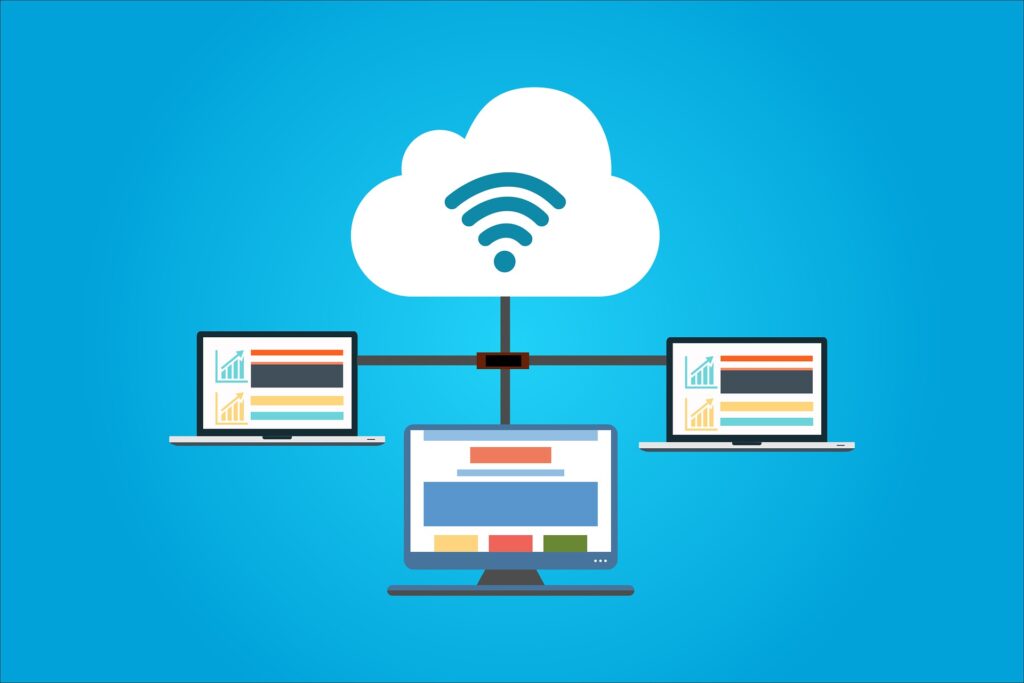
To a large extent, the functionality and performance of your site will depend on the hosting you have.
Web hosting ensures that your blog is available 24 hours a day et 7 days a week for potential readers and this is where your content and files are stored online.
Most hosting companies will also provide you with a free domain for the first year when you purchase their services.
Incorrect web hosting can cause a lot of problems with your blog. Imagine choosing a mobile phone company that has no reception.
Your web host is an important piece of the puzzle in building a successful blog. Hence, you need to choose a reliable supplier.
Alternatives to Bluehost?
Bluehost is one of the best options in the opinion of many blogging experts, and it is also the option that I recommend using if you are a beginner.
However, there are many other alternatives to Bluehost, such as: Namecheap ou DreamHost, and the process of blogging on these platforms is similar.
Entrez here if you want to see alternatives to Bluehost web hosting to start your blog.
# 5: start your blog in WordPress
You have many different options for starting your own blog. However, the best option in my opinion is WordPress.
To give you an idea of the popularity of this platform, just consider that 1 in 3 sites on the entire Internet is built on WordPress ...
In this example we will be using Bluehost because it seems like an extremely simple and inexpensive to create a blog complete with everything he needs.
1.- Visit the Bluehost home page
Go to the website Bluehost. Then click on the green button » Start «.
The next thing will be to select your web hosting plan.
2.- Select your web hosting plan
You will start by choosing a hosting plan. If this is your first blog, you can opt for the Basic plan.
Later, you can easily upgrade to a Plus or Choice Plus plan once your blog starts to grow. Find out what each plan offers, p. For example, the Choice Plus plan includes domain privacy and a few extras.
3.- Configure your domain name
Your domain name will be the address of your blog, so you need to take your time to create something unique and memorable.
Just type the name you want in the 'new domain' box and Bluehost will show you whether it's available or not. Otherwise, it will provide you with a list of similar names to choose from.
Don't worry if you can't find a good name right away, you can skip this step and choose a domain name once you start a blog.
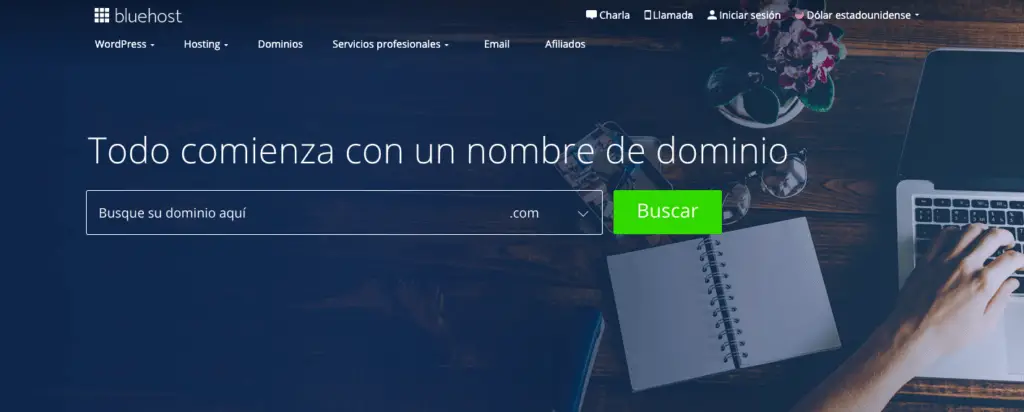
If you have already purchased a domain name elsewhere, you can use that name. Just type it in the "Use a domain you own" box.
4.- Register on Bluehost
After choosing your domain name, Bluehost will direct you to the registration page where you can fill in your personal information manually, or you can sign in with your Google account to make the process even easier.
Now follow them 3 next steps:
1.- Add your account information
2.- Start by filling in your personal information.
3.- Select your hosting package
At this point, it is time to select a chart of accounts from the available options. Bluehost offers 12, 24 and 36 month plans.
With a 12 month plan you will have to pay a lower amount up front, but with the other two plans you will get a better deal if you are ready for a longer term commitment.
Package supplements
Carefully review the extras in your package. Not all extras are essential and unchecking the boxes for any extras you don't need will reduce the total amount. You can always add extras later if you think you need them.
I suggest you keep the Domain Privacy Protection box checked. This service will hide your personal contact information from the global database, which is publicly visible to everyone on the Internet.
Payment information
Now enter your payment information. Check the box that you have read and agree to the terms of use and click the green "Submit" button.
Bluehost will send you a confirmation email when payment is complete. You will also receive an email to verify your email address to activate your domain name.
Next, you will configure the Bluehost account. You are one step closer to creating a blog!
5.- Create your account on Bluehost
Step 1: Click on the "Create your account" button.
Step 2: Enter your password and complete the account setup.
Step 3: Your account is ready to operate. Click on the “Go to Connection” button.
Step 4: Fill in the fields "Email or domain name" and "Password".
You're ready. Then you will start working on building your blog.
6.- Create your WordPress blog with Bluehost
After signing in to the account, Bluehost will offer a 4-step process to help you start a blog. I suggest you follow this procedure if this is your first time starting a blog.
You can also click the "Skip this step" button and work on a blog from scratch on your own within your Bluehost hosting account.
Then follow these 4 steps to complete the process:
Step 1
You will start the process by answering 3 questions: What type of site? What kind is he? And who is it for?
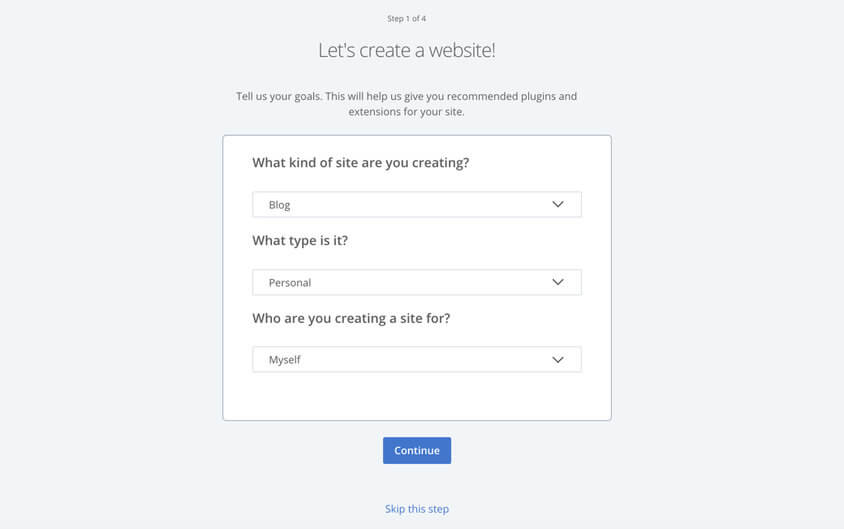
To start the process of creating a website on Bluehost you must answer 3 questions: What type of site? What kind is he? And who is it for ?.
Step 2
With this step you can choose what you want to add to your site. Bluehost gives you a few options to choose from.
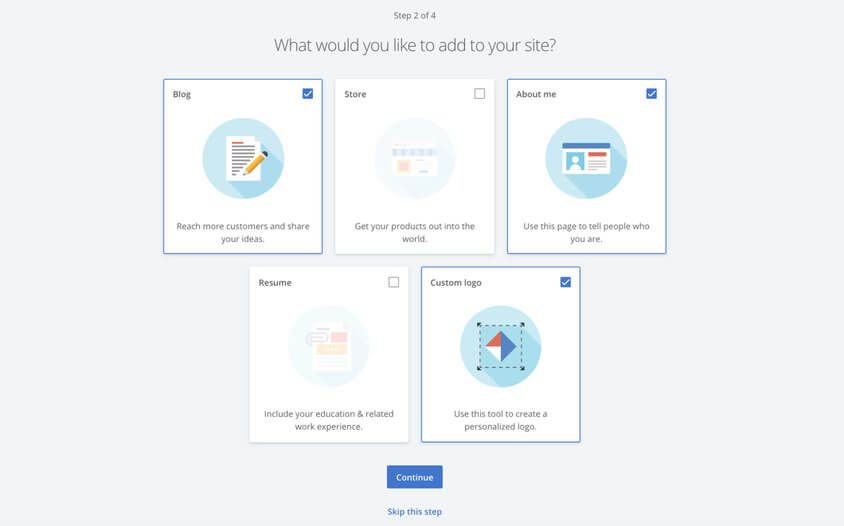
In the second step, you can choose what else you want to add to your website. Bluehost will give you a few options to choose from.
Step 3
During this step, you need to answer a few questions.

